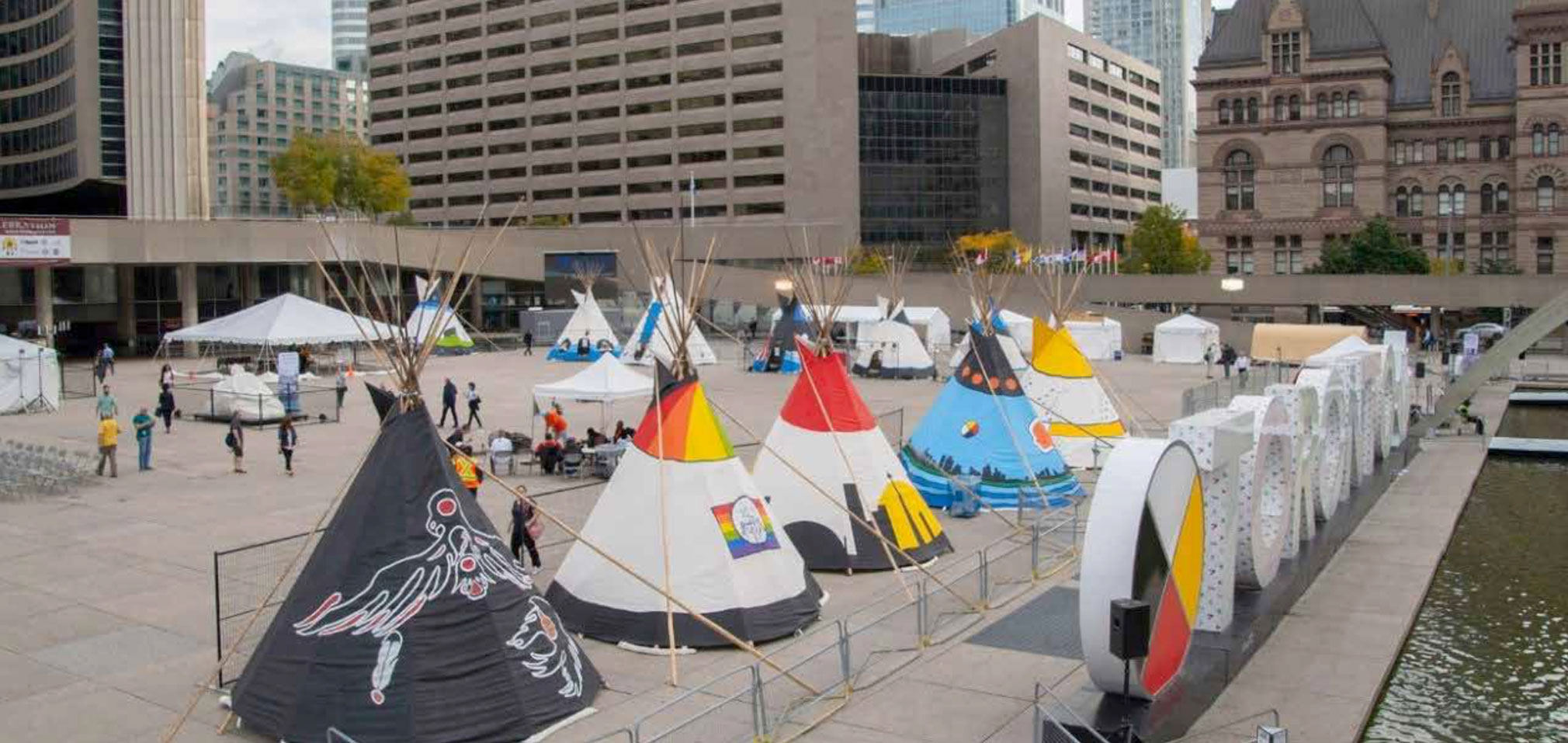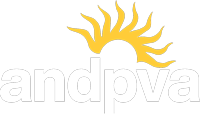
Who We Serve
Indigenous Artists, Elders, Knowledge Keepers, Survivors and the Houseless
The First Nations, Métis, and Inuit artists we serve identify as artists, Elders, Knowledge Keepers, and as Survivors of Indian Residential Schools, Day Schools, Missing and Murdered Indigenous Women, Girls and 2SLGBTQ+, Indigenous Human Trafficking, Children's Aid, and the 60's Scoop.
ANDPVA’s programming enables Indigenous peoples to see and hear their stories, songs, languages, and cultures come alive thereby relieving the feeling they are alone in life. The violence and racism of European contact disrupted strong, stable Indigenous communities. At ANDPVA, artists, Elders, Knowledge Keepers, and Survivors acknowledge and honour the trauma of Indigenous peoples. They help participants recognize their inner strengths and resilience. We focus on the hopes for their future and not as being defined by their trauma.
ANDPVA gives voice to the voiceless and creates safe spaces for artists and Survivors to tell their stories.
We build community with the Houseless by bringing art to the parks through performances, workshops, and feasts.
Program Applicants
Indigenous Artists, Elders, Knowledge Keepers, and Survivors are invited to apply to our programs.
We know Indigenous identity is complex and defined in many ways.
We believe in an inclusive approach to Indigenous identity, and that things like past and ongoing colonial policies and racism have contributed to many Indigenous peoples, communities, and groups being exclusively targeted or outright excluded by various programs.
We recognize that not everyone is “registered” with their respective Indigenous governance organization. We work to support innovation by and for any Indigenous person, no matter their gender, sexuality, experiences, or gifts while respecting the variety of ways an Indigenous community might be identified.
Successful applicants to ANDPVA’s programs and opportunities will be asked to demonstrate their connections to Indigenous identity and community.
This could include a copy of your “registration” and/or a letter of support from your governance organization (e.g., band office) and/or a letter of nomination from an Indigenous community organization or group, and/or an explanation of your connection.
